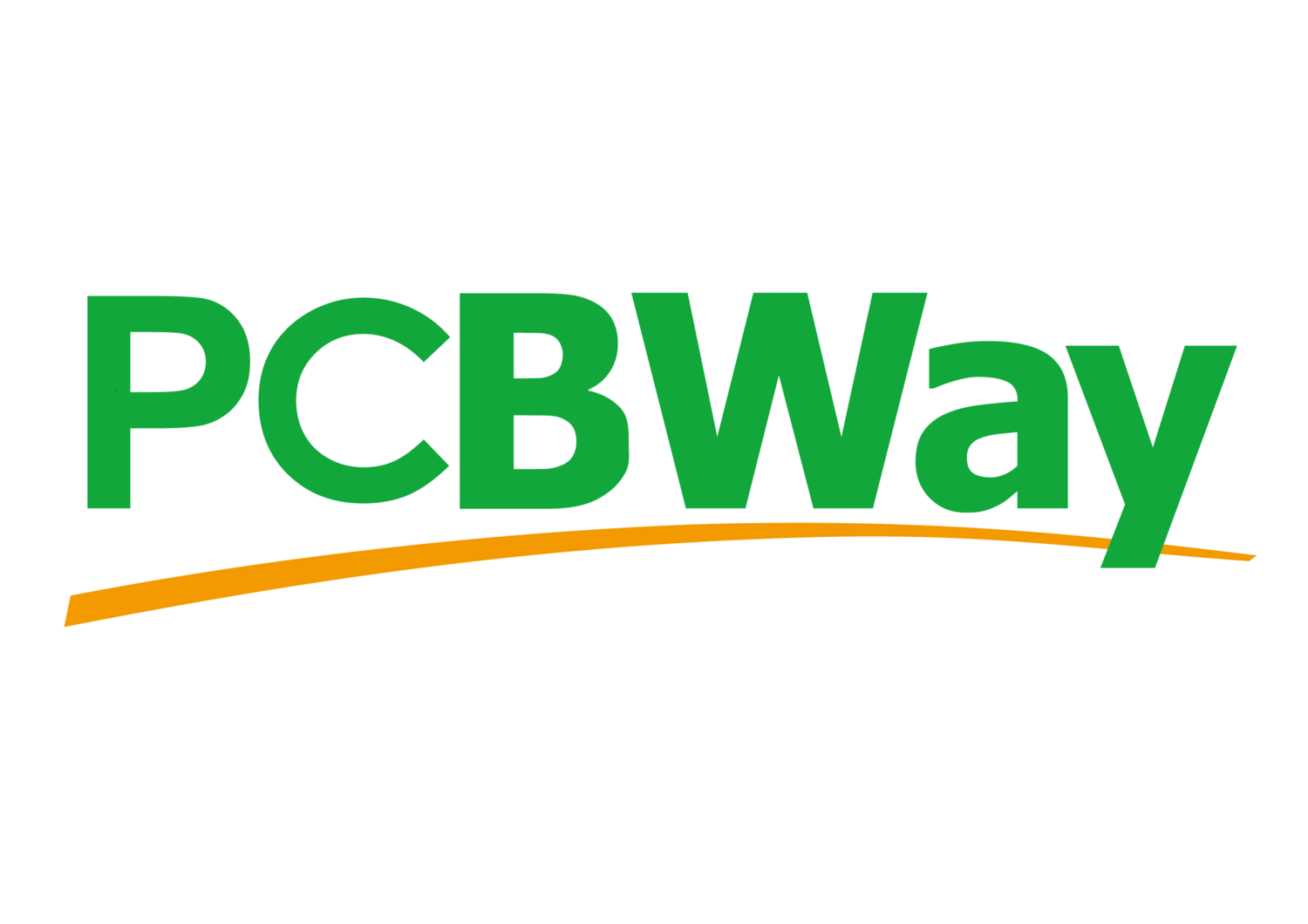Let's start with a question: How do you model learning that is accompanied by 'perceived failure'? As a parent, I'm constantly trying to ingrain my kids with a love of learning. In learning, we can show thankfulness for what we have, and it's a way we can grow in perseverance and patience. Knowing that children innately copy their parents in many things, including mannerisms, how are they copying my response to failure? Do they ever see me fail? Well, internet: here, see me fail... ( if the keyboard stuff bores you, the conclusion is right at the bottom ) This learning experience has been generously sponsored by... ...my thanks and gratitude! Sponsorship details This came into being when PCBWay offered to sponsor an entire PCB + PCBA order in exchange for me writing up a review of my experience on my blog. After all was said and done, they paid for $140USD of product/shipping, I paid $45CAD import duties. While I've usually gone to JLCPCB, when someone offers yo...




